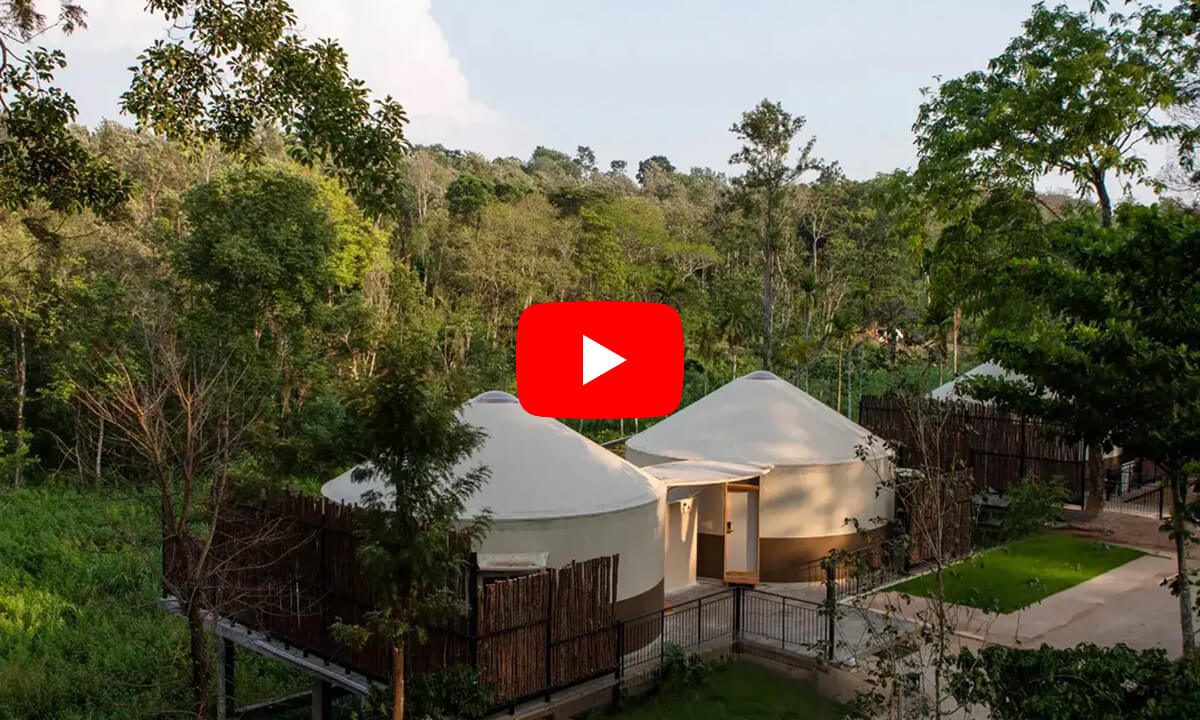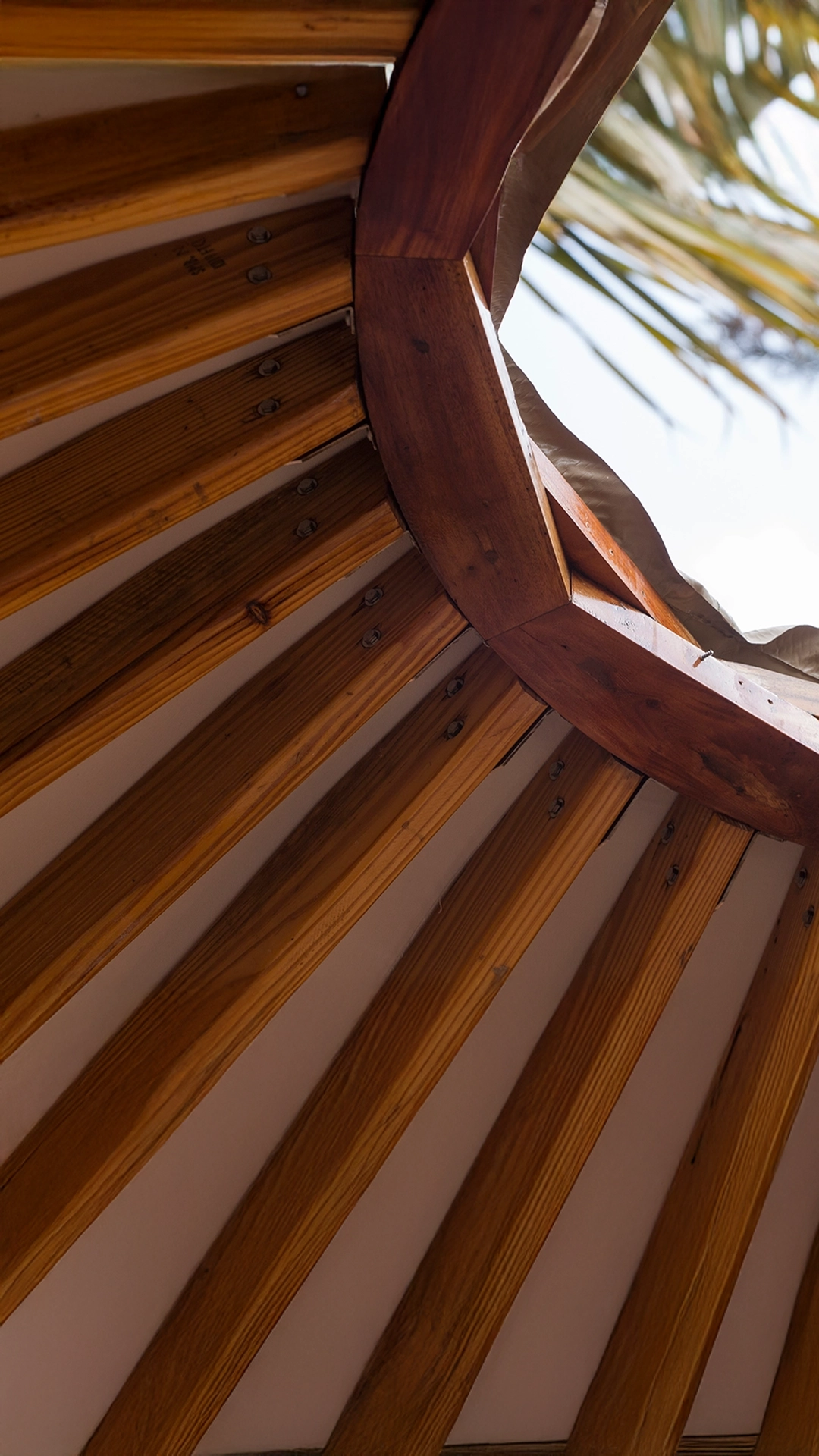Wigwam vs Tepee? Find Your Perfect Traditional Shelter
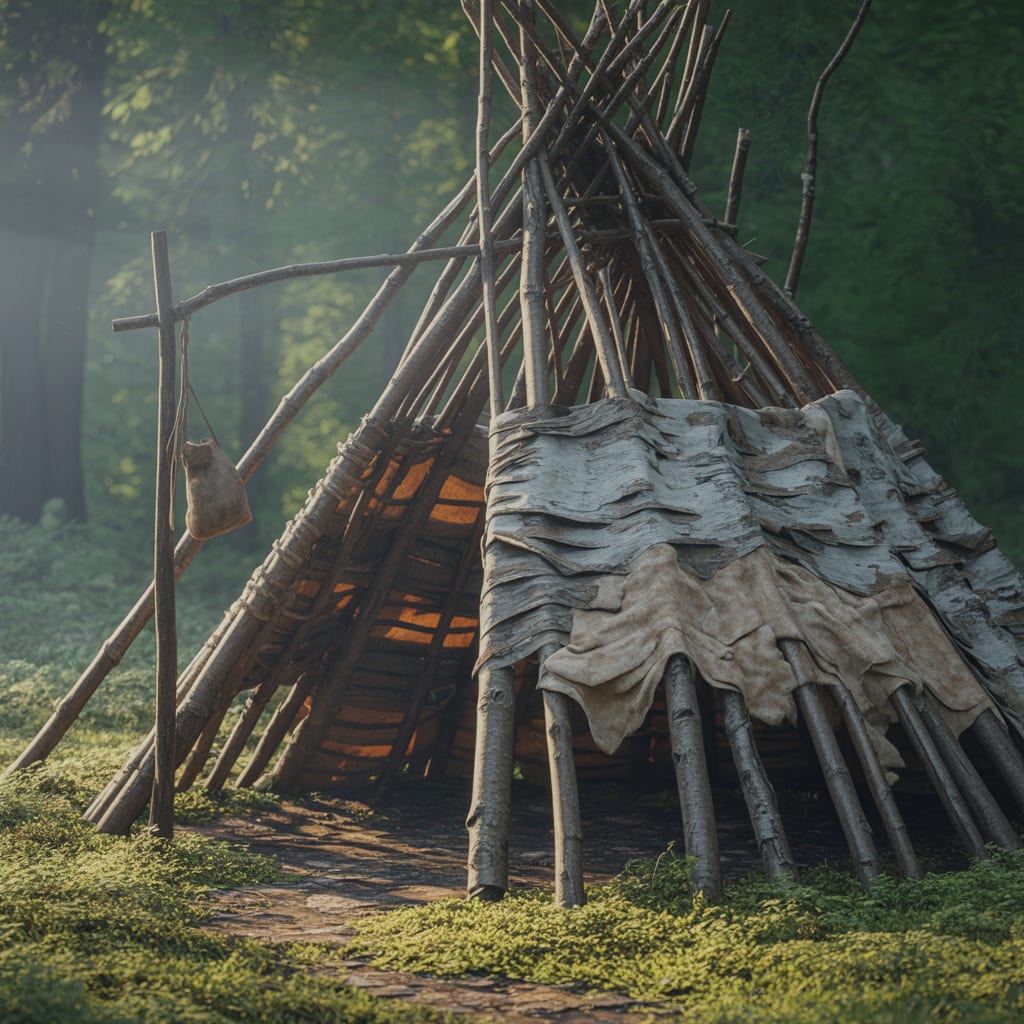
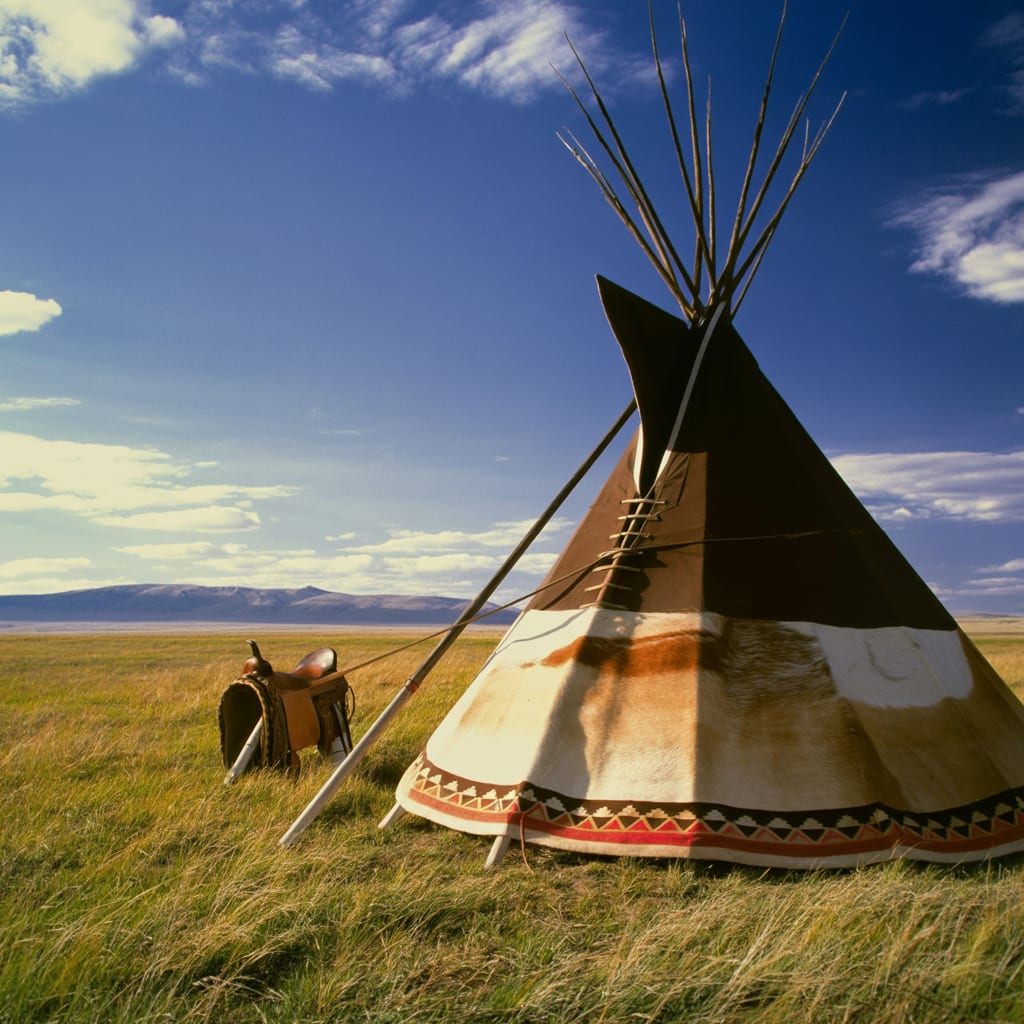
Quick Overview
Breaking It Down by Feature
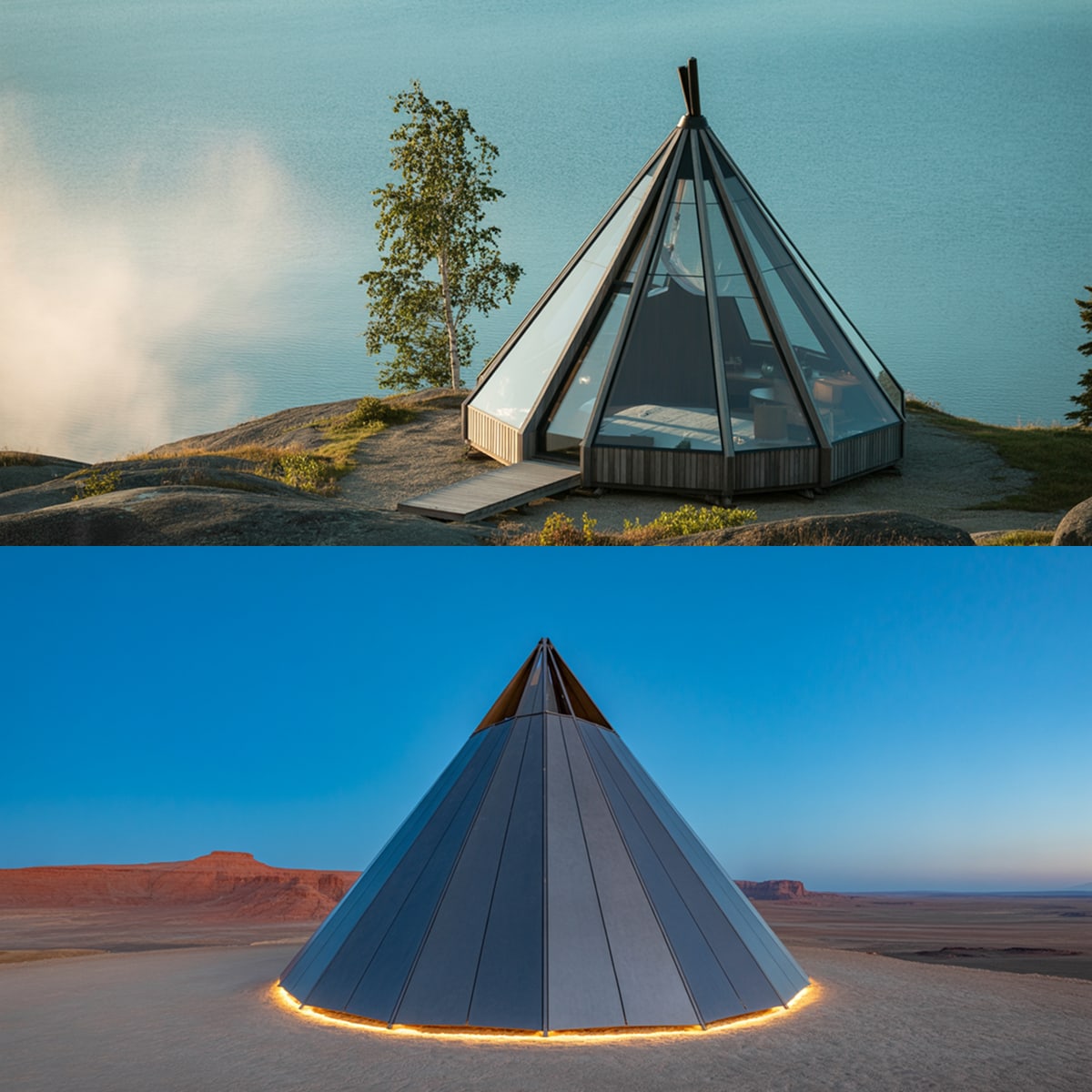
Setup & Portability
Wigwams are relatively quick to set up, often using a domed pole structure that can be assembled and transported by a small team. Tepees require more effort and a larger footprint, with tall poles and a conical design that can be challenging to relocate once erected.
Build Materials & Weather Readiness
Traditional wigwams use bent wooden frames covered with bark or mats, providing moderate weather resistance but limited ventilation in humid conditions. Tepees are constructed from long wooden poles and durable canvas or hides, excelling in shedding rain and wind due to their aerodynamic shape.
Comfort, Insulation & Space
Wigwams offer a cozy interior with low ceilings and good insulation for cold climates, but their limited central space can feel restrictive. Tepees provide better airflow with adjustable flaps and a spacious central area, making them more comfortable for longer stays or larger groups.
Maintenance & Lifespan
Regular maintenance is needed for wigwams, as organic coverings may rot or attract pests, and the frame can degrade over time. Tepees require less frequent upkeep if constructed with modern materials, and their simple design allows for easier repairs and periodic cleaning.
Aesthetic Appeal
Wigwams have an earth-toned, low-profile appearance that blends into wooded environments and highlights indigenous construction methods. Tepees stand out with their tall, iconic silhouette and customizable exterior, creating a visually striking presence in open landscapes.
Pricing & ROI
Wigwams are often less expensive to build initially, but their materials may need replacement more frequently, affecting long-term investment value. Tepees tend to cost more upfront due to larger frames and higher-quality covers, but their durability and guest appeal can offer a better return over time.
Frequenty Asked Questions
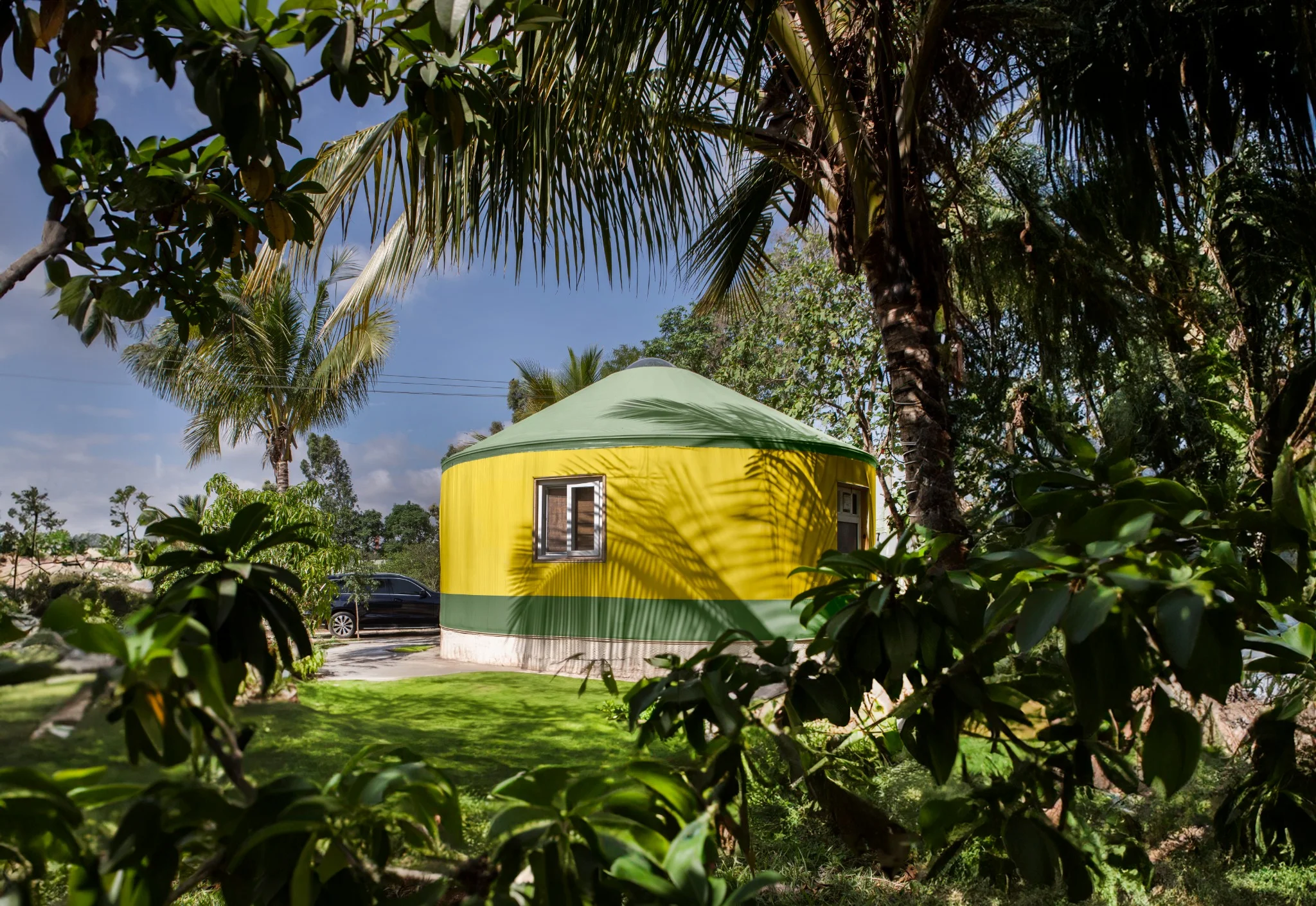
Which lasts longer, Wigwam or Tepee?
Wigwams generally last longer than tepees because their wooden frames and bark covering are more durable than tepee materials.
Which is more comfortable for year-round use, Wigwam or Tepee?
Wigwams are more comfortable for year-round use due to their insulation and sturdy structure, while tepees are better for mobility.
Do Wigwam or Tepee require a lot of maintenance?
Wigwams offer better comfort throughout the year because they provide more insulation, whereas tepees are designed for easier relocation.
How well do yurts handle extreme weather compared to Wigwam or Tepee?
For year-round comfort, wigwams are preferable as they retain heat and protect from wind, while tepees are more suitable for temporary stays.
Do Wigwam and Tepee need building permits?
Wigwams are superior in year-round comfort because of their solid construction, while tepees are mainly intended for seasonal or nomadic living.

.png)
